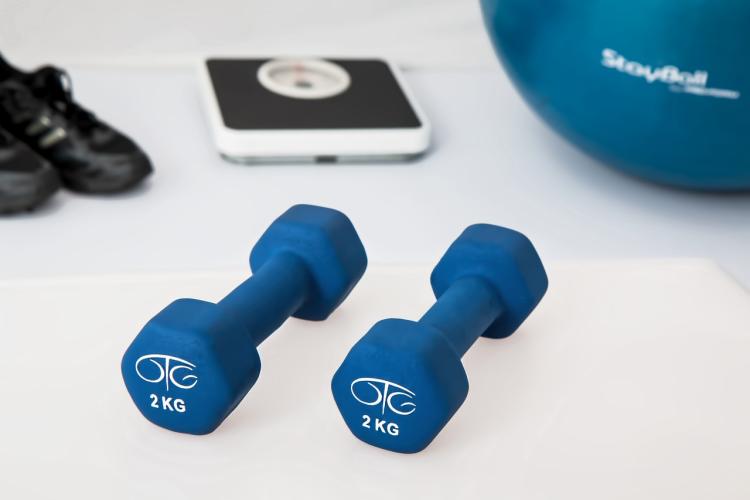Working out is an essential part of maintaining a healthy lifestyle, and understanding how to balance a core workout plan with a full body workout can help you achieve optimal results. Whether you’re a fitness novice or an experienced athlete, integrating these workouts can enhance your strength, stability, and overall fitness.
Why Core Workouts Matter
The core is the powerhouse of the body. It includes muscles in the abdomen, lower back, hips, and pelvis. A strong core is crucial for good posture, balance, and overall body strength. Core workouts are designed to target these muscles, enhancing your ability to perform daily activities and other physical exercises more efficiently.
Benefits of Core Workouts
- Improved Balance and Stability: A strong core helps stabilize your body, making it easier to perform physical activities and reducing the risk of falls and injuries.
- Enhanced Performance in Physical Activities: Whether you’re running, lifting weights, or engaging in sports, a strong core can improve your performance.
- Better Posture: Core exercises help maintain good posture by strengthening the muscles that support your spine.
- Reduced Back Pain: Strengthening your core can alleviate back pain by supporting your lower back and spine.
Sample Core Workout Plan
A comprehensive core workout plan should include exercises that target all areas of the core. Here’s a simple routine you can follow:
- Plank: Hold for 30 seconds to 1 minute. Repeat 3 times.
- Bicycle Crunches: 15-20 reps on each side. Repeat 3 times.
- Leg Raises: 15-20 reps. Repeat 3 times.
- Russian Twists: 20 twists. Repeat 3 times.
- Bird-Dog: 15 reps on each side. Repeat 3 times.
Understanding Full Body Workouts
Full body workouts are designed to target multiple muscle groups in a single session. This type of workout is efficient and effective, especially for those with limited time to exercise. Full body workouts can help you build strength, improve cardiovascular health, and burn calories.
Benefits of Full Body Workouts
- Time Efficient: Engaging multiple muscle groups in one session saves time while still providing a comprehensive workout.
- Balanced Muscle Development: Full body workouts prevent muscle imbalances by ensuring all major muscle groups are trained.
- Increased Calorie Burn: These workouts typically have a higher intensity, leading to more calories burned.
- Enhanced Muscle Recovery: By alternating muscle groups, you give your muscles time to recover, reducing the risk of overtraining.
Sample Full Body Workout Plan
A well-rounded full body workout plan incorporates exercises that target the upper body, lower body, and core. Here’s a basic routine to get you started:
- Squats: 3 sets of 15 reps.
- Push-Ups: 3 sets of 12 reps.
- Deadlifts: 3 sets of 10 reps.
- Bent Over Rows: 3 sets of 12 reps.
- Lunges: 3 sets of 15 reps on each leg.
- Overhead Press: 3 sets of 12 reps.
- Plank: Hold for 1 minute. Repeat 3 times.
Integrating Core and Full Body Workouts
Balancing core workouts with full body workouts is key to achieving comprehensive fitness. Here’s how you can integrate both into your weekly routine:
- Monday: Full Body Workout
- Tuesday: Core Workout
- Wednesday: Rest or Light Cardio
- Thursday: Full Body Workout
- Friday: Core Workout
- Saturday: Active Rest (Yoga, Stretching, Light Cardio)
- Sunday: Rest
This balanced approach ensures that you’re not overworking any single muscle group while still providing adequate stimulus for growth and strength.
Conclusion
A well-structured core workout plan and full body workout can dramatically improve your fitness levels, strength, and overall health. Remember, consistency is key. Stick to your routine, focus on proper form, and gradually increase the intensity of your workouts to continue making progress. By integrating core and full body workouts into your fitness regimen, you’ll be well on your way to achieving a balanced and strong physique.


